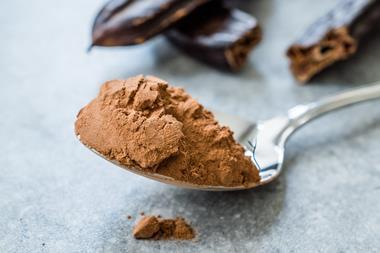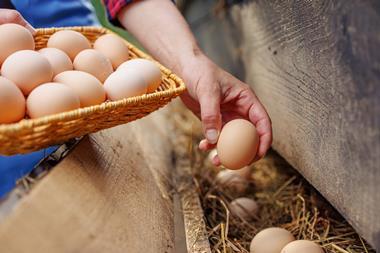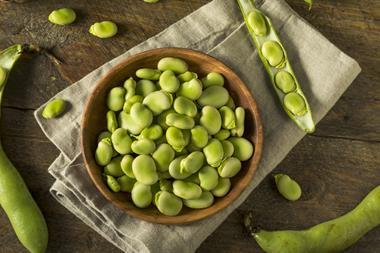Specific sugar reduction targets - and guidelines on how to achieve them - have been published by the government today (30 March).
Nine months ago, government agency Public Health England announced its strategy ‘Childhood obesity: a plan for action’, in which it challenged food and drink manufacturers to voluntarily reduce overall sugar by 20% across a range of products that contribute most to children’s sugar intakes by 2020.
Following consultation with the industry and other stakeholders, it has developed specific targets for various types of food. This includes average and maximum calorie or portion size guidelines for products likely to be consumed by an individual at one time.
These 2020 sugar targets include (For detailed information see end of story):
- Biscuits: 26.2g per 100g
- Cakes: 27.9g per 100g
- Morning goods: 10.0g per 100g
- Puddings: 15.1g per 100g
As announced last summer, PHE is also calling for a 5% reduction in sugar content this year. The agency will publish two detailed assessments (one in March 2018 and another in March 2020) to determine and advise government on progress against delivering the 5% and 20% reductions.
The sugar reduction baselines and targets have been calculated based on average sugar levels, weighted by the volume of sales of products, which PHE said “should help businesses to focus their reformulation efforts on the top-selling products that make the biggest contribution to the sugar levels in each food category”.
PHE said reductions could be achieved through three methods: reducing sugar levels in products, reducing portion size, or shifting purchasing towards lower-sugar alternatives. It acknowledged that not all strategies would be suitable for some types of products.
“Sugar reductions should be achieved without increasing the level of saturated fat within a product and, where possible, be accompanied by calorie reduction,” added PHE. “Businesses are also expected to continue working towards the 2017 salt reduction targets.”
In the case of its strategy document, PHE defines sugar as ‘free sugars’, which includes all sugars added to foods plus those naturally present in fruit juices, syrups and honey. It does not include the sugars naturally present in intact fruit and vegetables or milk and dairy products.
PHE sugar and portion size guideline
Biscuits
- Category description: Includes all types of sweet biscuits including cereal bars and toaster pastries (Pop Tarts); gluten free biscuits; two-finger Kit Kats (but all other sizes are excluded)
- Baseline sales weighted average for total sugar (g sugar per 100g): 32.8g
- 5% reduction guideline (g sugar per 100g): 31.2g
- 20% reduction guideline (g sugar per 100g): 26.2g
- Single portion guideline: 100kcal sales weighted average / 325kcal maximum
- Reduction mechanisms most relevant to category: Reformulation and portion size
Cakes
- Category description: : Includes all types of cakes, ambient and chilled, including cake bars and slices, American muffins, flapjacks, Swiss rolls.
- Baseline sales weighted average for total sugar (g sugar per 100g): 34.9g
- 5% reduction guideline (g sugar per 100g): 33.1g
- 20% reduction guideline (g sugar per 100g): 27.9g
- Single portion guideline: 220kcal sales weighted average / 325kcal maximum
- Reduction mechanisms most relevant to category: Reformulation and portion size
Morning goods
- Category description: Includes morning goods such as croissants, crumpets, English muffins, pancakes, buns, teacakes, scones, waffles, Danish pastries, fruit loaves, bagels.
- Baseline sales weighted average for total sugar (g sugar per 100g): 12.5g
- 5% reduction guideline (g sugar per 100g): 11.9g
- 20% reduction guideline (g sugar per 100g): 10.0g
- Single portion guideline: 220kcal sales weighted average / 325kcal maximum
- Reduction mechanisms most relevant to category: Reformulation and portion size
Puddings
- Category description: Includes all types of ambient (including canned), chilled and frozen puddings.
- Baseline sales weighted average for total sugar (g sugar per 100g): 18.8g
- 5% reduction guideline (g sugar per 100g): 17.9g
- 20% reduction guideline (g sugar per 100g): 15.1g
- Single portion guideline: 220kcal sales weighted average / 450kcal max & 550kcal max for out-of-home with additions such as custard or ice cream
- Reduction mechanisms most relevant to category: Reformulation and portion size
































No comments yet